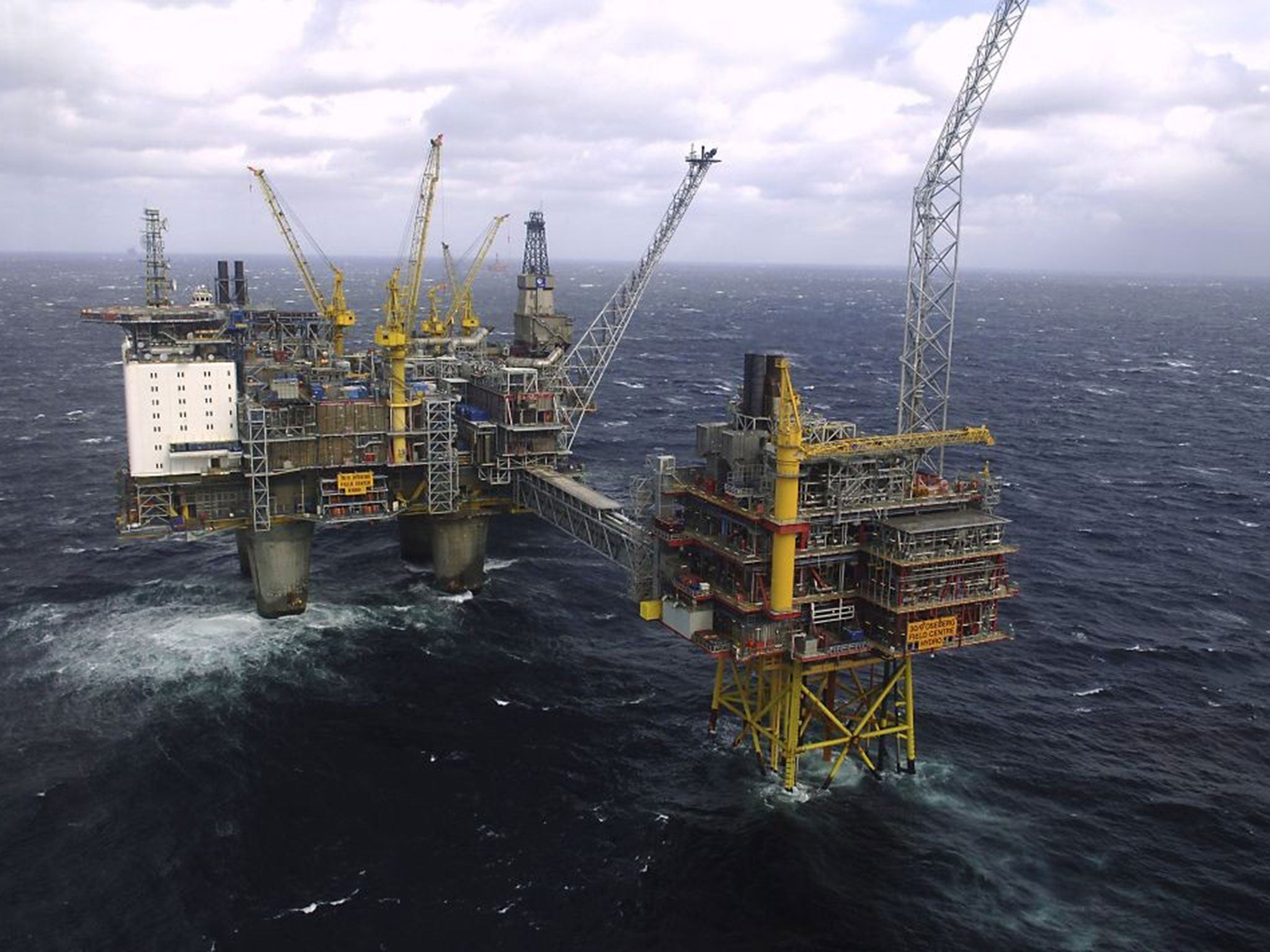The price of oil is likely to remain low – but volatile
Das Capital

The period over which the oil price remains low affects its long-term impact. Some argue that oil prices have entered a new range of $20 to $60 per barrel. Some are purchasing put options which pay out if the oil price falls below $40. Others see the fall as temporary and are seizing the opportunity to buy assets cheaply.
Oil demand is likely to remain lacklustre, with economic growth slow in most of the developed world and emerging markets. Conservation measures and environmental pressures are reducing long-term oil demand. Oversupply is also likely to persist, at least in the near term.
Saudi Arabia and Opec are unlikely to adjust production significantly. The former has stated that it will not cut production even if oil prices fall to $20 per barrel. It is a historical shift, emphasising market share rather than high prices, by controlling supply. Underlying the strategy is the focus on allowing low cost, efficient oil producers to increase their market power.
Saudi Arabia is well placed to implement this strategy. It is the world’s largest crude oil exporter. It has 25 per cent of the world’s oil reserves. It has invested to maintain 2 million barrels per day spare capacity (over 80 per cent of global spare capacity). It also has about $900bn (£610bn) in foreign assets, giving it the capacity to survive significant falls in revenues for an extended period.
Other supplies are also unlikely to fall in the near term. Countries with a high dependence on oil-related revenues will be forced to increase production to maintain cash flow. The US shale oil industry has more capacity coming on stream and is likely to increase production despite economic pressures, focusing on cash flow rather than profitability. High leverage and high debt servicing commitments will drive this behaviour.
The basic characteristics of the oil industry and its price cycles compound the high supply levels. Energy projects take years to bring to production. They have long working lives, up to 50 or more years. Consequently, the relevant price volatility is that around long-term trends. The major focus is on structural forces such as long-term supply and demand, technological developments which make more resources accessible at lower cost and regulatory actions, such as subsidised national energy self-sufficiency and emission costs.
In the present low price environment, these factors will drive postponement of investment in more expensive or marginal projects and an acceleration of cost-cutting and efficiency enhancement initiatives. This makes lower prices tolerable. Lower production costs allow further price declines. The ability to absorb low oil prices is not infinite, but based on past cycles the limits are large and have not yet been reached.
But the structure of the oil market entails fine margins between demand and supply. The current oversupply is about 2 million barrels a day, less than 2 per cent of global consumption. Price elasticity is also low, especially in the short run. Key uncertainties include weather conditions and unanticipated supply disruptions. Geo-political factors, such as the expectations of a nuclear deal with Iran that drove US prices to a six-year low yesterday or civil wars in Iraq and Libya, also have the potential to supply significantly. Any of these can change the balance in the market rapidly.
In the medium to long term, market forces, production costs and required economic rates of return on investment will assert themselves. Lower prices will increase demand and reduce supply. Investment losses will reduce production capacity, limiting the ability to respond to increases in demand. But these factors will take time to work through the market.
There are a number of complicating factors. Commodities, including oil, are generally traded in US dollars. The relative strength of the American economy and anticipation of normalisation of interest rates is driving a stronger dollar. This may drive oil prices lower.
The global economy is experiencing disinflation and, in the case of some nations, deflation. Price pressures and a lack of pricing power in end product markets flow through into inputs, such as oil prices, driving them lower. High real interest rates also result in low commodity and oil prices. Interest rates are near zero in many currencies. But low inflation or deflation means the real interest rate is frequently high, which drives oil prices lower. If these factors persist, then the downward pressure on oil prices will continue.
In the near term, barring a sudden change in supply conditions, it seems probable that oil prices will be weak but volatile.
Subscribe to Independent Premium to bookmark this article
Want to bookmark your favourite articles and stories to read or reference later? Start your Independent Premium subscription today.

Join our commenting forum
Join thought-provoking conversations, follow other Independent readers and see their replies